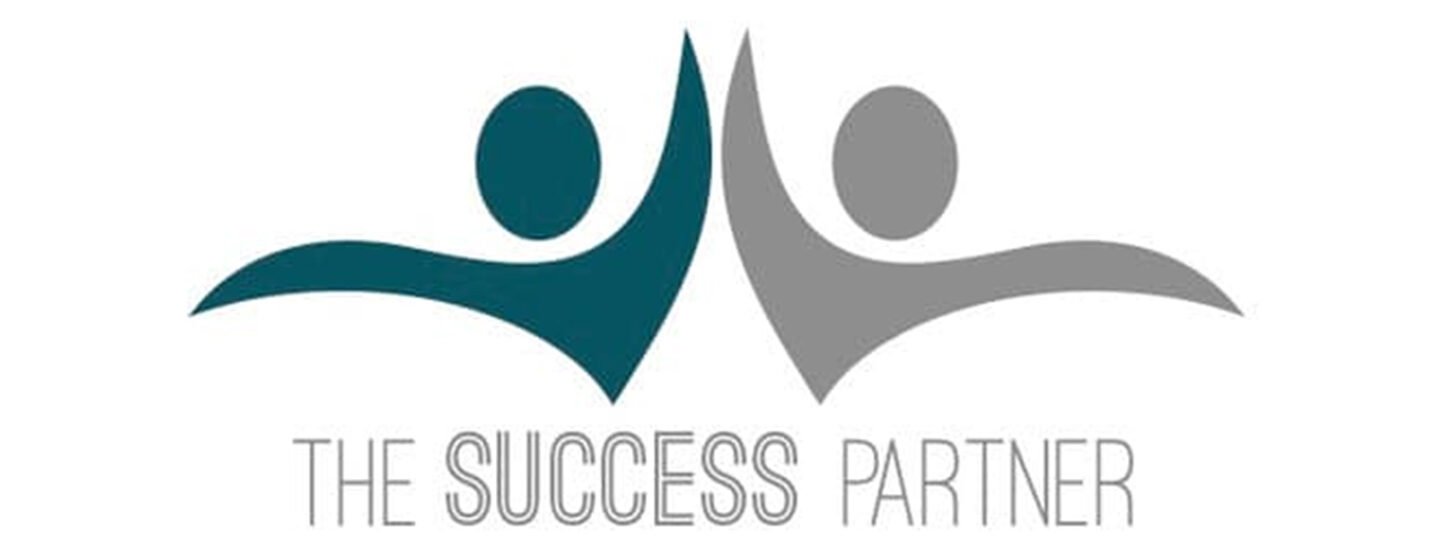How AI is Accelerating the Trend of Flat Fee Law Practice
The legal profession has witnessed a significant shift in pricing services in recent years, with a growing trend toward flat fee structures over traditional hourly billing. This shift has been spurred by various factors, including client demand for transparency, predictability in costs, and a desire for more efficient legal services. However, one of the most transformative forces driving this change is integrating artificial intelligence (AI) into law practice.
AI has the potential to revolutionize legal work by enhancing efficiency, improving accuracy, and enabling more flexible pricing models. In particular, it’s playing a key role in accelerating the trend of flat fee billing. Here’s how.
1. Increased Efficiency and Automation
One of the primary ways AI drives flat fee law practice is by automating many labor-intensive tasks that traditionally require billable hours. AI tools can perform document review, legal research, contract analysis, and due diligence at a fraction of the time it would take a human attorney. By streamlining these processes, law firms can confidently offer flat fee pricing because the time required to complete these tasks is significantly reduced.
For instance, AI-powered legal research platforms can quickly sift through vast amounts of case law and statutes to provide relevant results, saving attorneys work hours. Similarly, contract review software can instantly identify key terms, flag issues, and suggest changes. This level of automation allows law firms to predict the scope and duration of a project more accurately, enabling them to set a fair and profitable flat fee.
2. Data-Driven Pricing Models
AI also brings data-driven insights into pricing strategies, which is crucial for adopting a flat fee model. Many AI tools are designed to analyze historical data from past cases, helping firms predict the costs of specific types of legal work. This allows firms to set flat fees that reflect the actual resources and time needed for a task, reducing the risk of underpricing or overcharging clients.
By analyzing the outcomes of similar cases, AI can provide insights into how long a case might take, what issues are likely to arise, and what resources will be required. This precision enables law firms to offer competitive flat fees that align with client expectations and firm profitability.
3. Enhanced Client Experience and Transparency
Flat fee structures provide clients with greater transparency, and AI is enhancing this by giving clients more visibility into the legal process. AI-powered tools can generate detailed reports, track the progress of legal work, and offer real-time updates, allowing clients to feel more engaged and informed.
For instance, AI-driven client portals allow law firms to offer a seamless experience where clients can view the progress of their case, see documents, and even interact with chatbots that answer basic legal questions. This transparency reassures clients that they receive value for their flat fee and are not charged for inefficiencies or excessive time spent on a case.
4. Streamlined Project Management
Managing legal projects efficiently is essential for law firms to profit from flat fee billing. AI tools designed for project management can help lawyers break a case into manageable tasks, track progress, and allocate resources effectively. By monitoring how time and resources are spent, law firms can ensure that they meet deadlines without exceeding the flat fee they’ve set.
Additionally, AI can help identify workflow bottlenecks and suggest more efficient ways to manage cases, leading to better outcomes for the firm and its clients. This level of control over the legal process allows firms to operate profitably within a flat fee framework.
5. Expanding Access to Legal Services
AI-driven flat fee models are also helping expand access to legal services by making them more affordable and predictable for clients. Traditional hourly billing can lead to unexpected and often exorbitant costs, which deters many individuals and businesses from seeking legal help. Flat fees, supported by AI’s ability to reduce the cost of legal services, provide clients with more certainty and confidence in seeking legal representation.
This means that solo practitioners, small firms, and legal tech companies can offer flat fee services for tasks like estate planning, contract drafting, or even more complex litigation support. This opens up legal services to clients who might not have been able to afford them under a traditional hourly model.
6. Shifting Law Firm Economics
For law firms, moving to a flat fee structure can shift the focus from simply billing hours to delivering value-based outcomes. AI helps firms embrace this shift by reducing costs, increasing efficiency, and improving the client experience. With AI handling routine and repetitive tasks, lawyers can focus on more strategic and higher-value aspects of their work, leading to better client results and stronger relationships.
Additionally, AI’s impact on reducing operational costs—such as through automation of administrative tasks and document management—allows firms to maintain or even increase profitability while offering competitive flat fee rates.
As AI continues to reshape the legal industry, it is pivotal in advancing the flat fee law practice trend. By increasing efficiency, improving pricing accuracy, and enhancing transparency, AI empowers law firms to offer predictable, value-driven services that clients desire. For firms willing to embrace AI’s capabilities, the transition to flat fee billing represents not just a change in pricing strategy but a fundamental shift in how legal services are delivered—one that will likely benefit both law firms and their clients for years to come.
Want to have a chat about flat fees or any other aspect of your firm’s process or growth? Have a conversation with one of our Co-Pilots at The Success Partner today!






